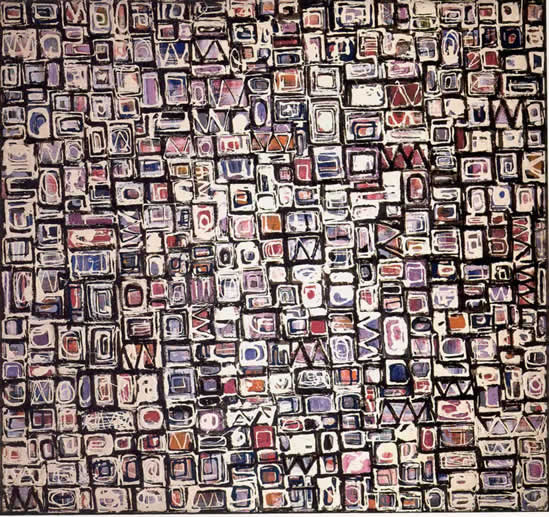 Chapbook
Chapbook
50 pts.
"A tree crying out to be covered with leaves."
Length requirement: for poetry, roughly 9-12 pages; for fiction, roughly 15 pages. This is negotiable; talk with instructor if you feel uncertain.
A chapbook is like a regular book, but shorter in length, less expensively produced, and often self-published. At the end of the term, you will have a chapbook made up of the new material you've produced, compiled to make a unified and readable collection. Your chapbook materials should have undergone thoughtful and active revision, taking into consideration, as much as time permits, feedback from your teacher and classmates. And you should try to bind the collection in a cosmetically appealing way, with the conventions of any book: title page, contents, dedication page, pagination, notes, etc.
Format: If you are handing in an electronic chapbook, it would be best to produce it in Word, though the software you use is ultimately up to you. What you want is a nice, self-enclosed file with cover art, a title page, and table of contents. It should basically read like a book-on-the-screen. POST YOUR ELECTRONIC FILE IN BLACKBOARD
Contents: most likely, your chapbook will include some or all of the poetry and fiction projects you'll have completed this term. You're free to include other work you've done during the semester, however, and the chapbook contents are generally negotiable. If you're very interested in a kind of writing I have't assigned, and/or are actively engaged in a project of your own, feel free to run it by me. OR: if one or more of your projects don't work to your satisfaction, you may substitute them with alternatives (but NOT work from some previous class). I'll try, as much as possible, to tailor the course to suit your interests. The fundamental requirements and criteria will remain the same for most assignments, but we can probably allow for some flexibility.
Audience and Purpose : any avid reader of quality fiction and poetry. Assume your audience is well-read in both literature and the arts, likes to be surprised by new perspectives and fresh language, and also wants to be moved. (I.e., blow their hair back!) Your audience for these project is not especially interested in formulaic writing of any kind, nor anything intended primarily for the commercial mass market. Your purpose is to move and provoke your reader, and to demonstrate what you've learned about writing poetry and fiction.
Evaluation criteria: Your chapbook should heed all of the above. Be sure as well to carefully edit and proofread your work for surface errors (mechanical and grammatical). "No iron can pierce the heart with such force as a period put just at the right place" (Isaac Babel, qtd. by Carver, "In Writing").
Note: your chapbook must steer clear of sentimentality, triteness, and commercial formulas (unless you are innovating on a forumla). No cheesy, floral fonts (unless for ironic effect), no topics having to do with teddy bears, and no pictures of such things as bunnies or flowers (unless, again, for ironic or some other non-sentimental effect). "Sentimentality" as used in discussions of literature means a failure of imagination.
FOR SAMPLE IMAGES OF BOOK COVERS BY BOTH ESTABLISHED AND STUDENT WRITERS, CLICK HERE.
Chapbook Grade Scale:
A = 45-50
B = 39-44
C = 33-38
D = 27-32A = outstanding. Meets all of the stated criteria and instructions exceptionally well. Excels in inventiveness, originality, and energy, realitve to work produced generally in 323. Well-edited and proofed. Publishable with a bit more work.
B = very good. Meets all of the stated criteria and instructions, or meets several of them exceptionally well, despite a weak performance with others.. May be especially striking in spots, despite noticeable flaws. Very competent, but may lack originality or inventiveness, relative to work produced generally in 323. Good attention to style and mechanics. Clear attention to assignment.
C = fair. Meets some of the stated criteria, or meets all of them only partially. Uninspired but minimally competent; or very inspired but lacking competence in key areas.. May show some inattention to, or misunderstanding of, instructions. Weak proofreading and editing.
D = poor. Meets few of the criteria. May not not heed or understand instructions. May be sloppy, unproofed, unedited, and/or very perfunctory and uninspired.. An ineffective story, saved by at least minimal attention to at least one facet of the story.F = unacceptable. Either fails to meet any of the stated criteria, or demonstrates severe oversights or weaknesses in significant areas.